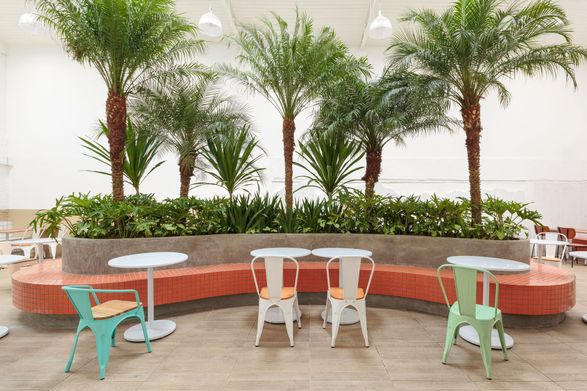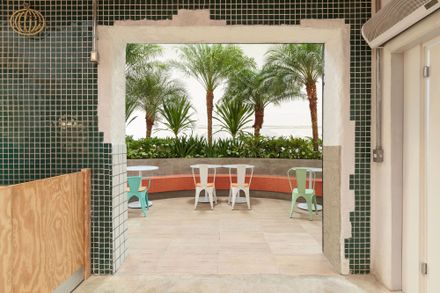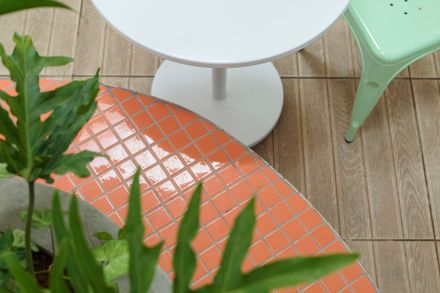Restaurant Salu
ARCHITECTS
Kas ARQ
DESIGN TEAM
Amanda Marinho, Daiane Bisacchi Pais, Maria Antonia Junqueira
MANUFACTURERS
Atlas Concorde
LEAD ARCHITECTS
Klaus Schmidt
CONSTRUCTION
Voqs Construtora
YEAR
2023
LOCATION
Bairro Itaim Bibi, Brazil
CATEGORY
Restaurant
Text description provided by the architects.
Two years after its opening, Restaurant Salu needed to expand to accommodate the growing demand and reduce the queues that were forming on the sidewalk.
The annexation of the neighboring property, formerly used as a parking lot, added 60 additional seats, more than doubling the restaurant's capacity.
The design of the new space, named Galpão Salu, took on its own distinctive visual identity, disconnected from the old dining area.
This decision was the starting point for a quick and cost-effective project, as the proposed rustic look minimized the extent of the intervention, preserving the entire structure of the building.
The high ceiling and zenithal lighting were utilized to create an airy and relaxed atmosphere reminiscent of a large open square.
At the center of the space, the amorphous bench covered with orange tiles became the focal point of the project and an icon of the restaurant.
Tables situated around this central island are shaded by palm trees, whose canopies reach over 3.5 meters in height.
Connecting the two buildings without interfering with the layout of the existing industrial kitchen was the main challenge of the project, as any alterations in this area would result in high construction costs.
The solution was to permanently close off the connection between the new space and the street and open two internal passages.
The larger one, for customers, was opened at the back of the property, connecting the two dining areas through a central café that serves both spaces and establishes a visual connection between them.
The smaller passage, for operational traffic, expanded the delivery area, preserving the original kitchen layout and allowing it to continue operating normally even during the construction.
Several sustainable measures were implemented in the expansion project, particularly regarding material reuse.
The flooring was restored instead of being replaced, and the white ceramics covering the walls were leftover materials from the neighbor's construction project.
Another example is the debris generated during demolitions, which were repurposed in the construction of the central bench, reducing the need for transportation and disposal of rubble.
Lastly, the intentionally colorful and eclectic furniture was mostly sourced from used furniture auctions, reducing acquisition costs and imparting a fun and casual ambiance.




















